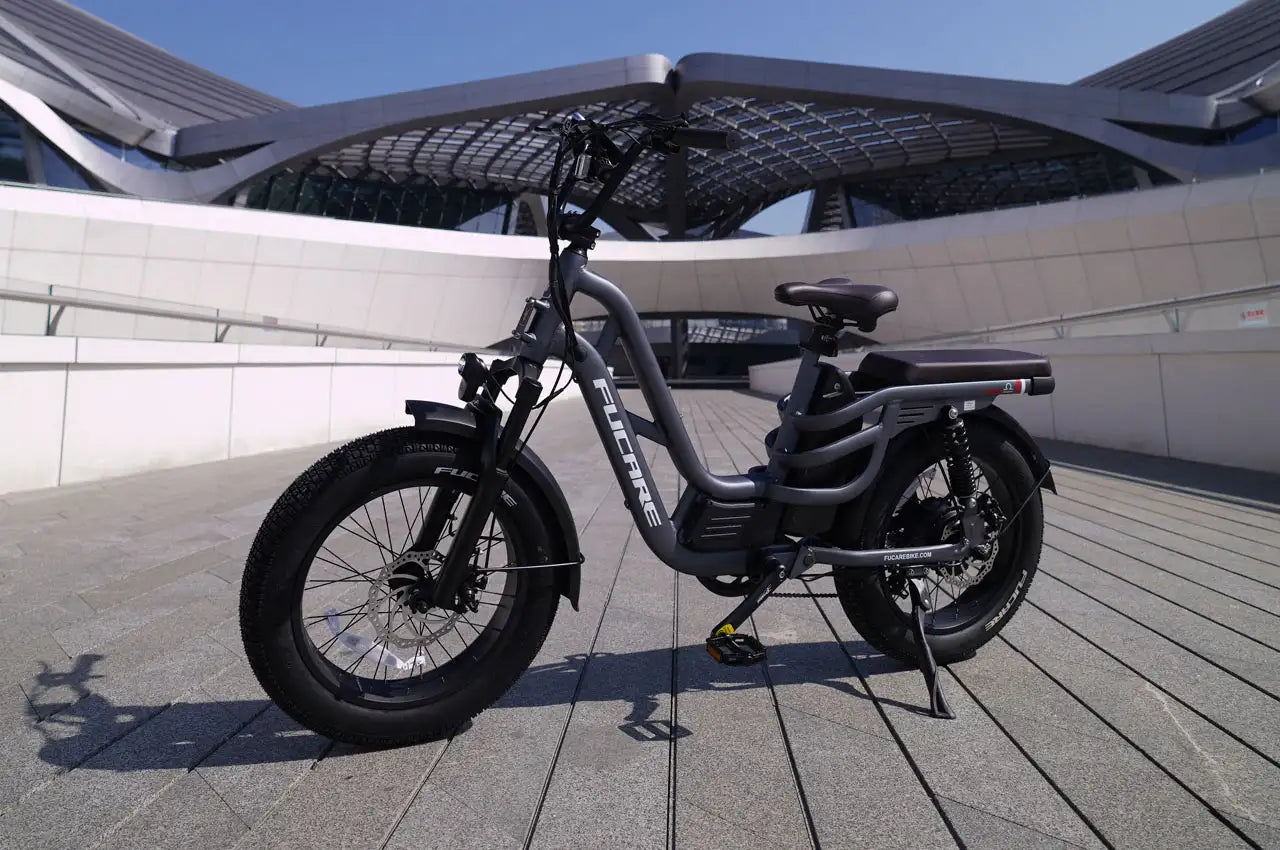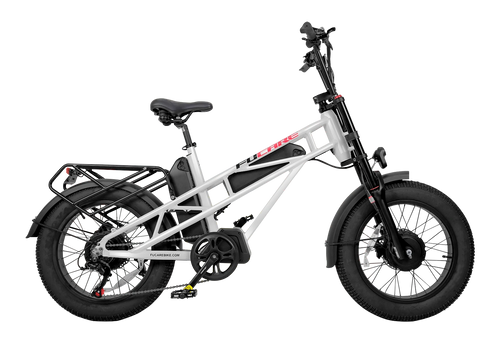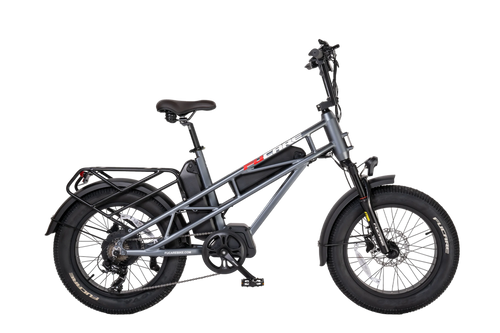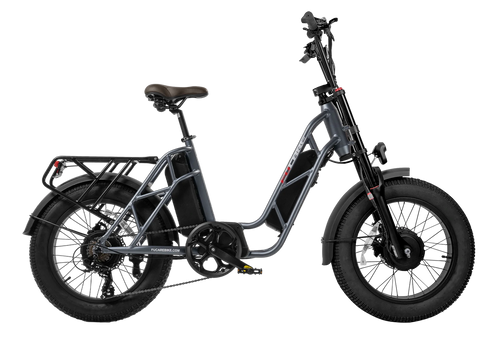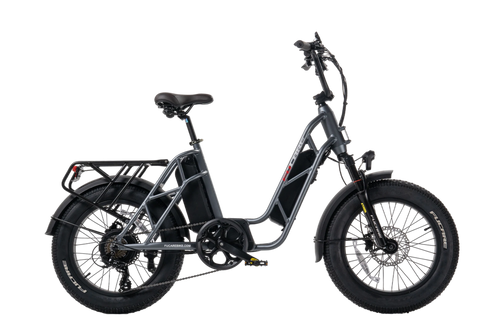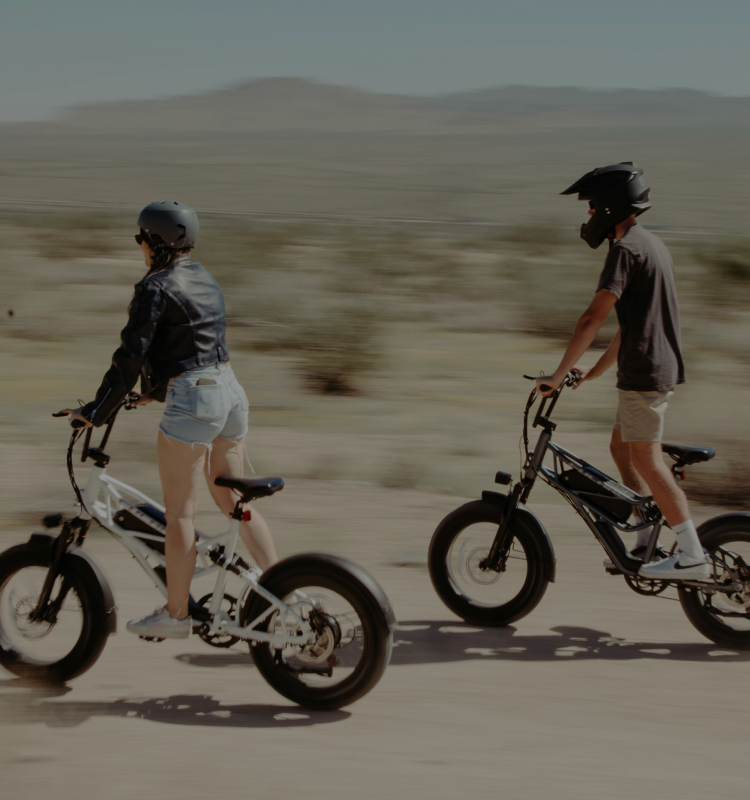Do Electric Bikes Charge When You Pedal?
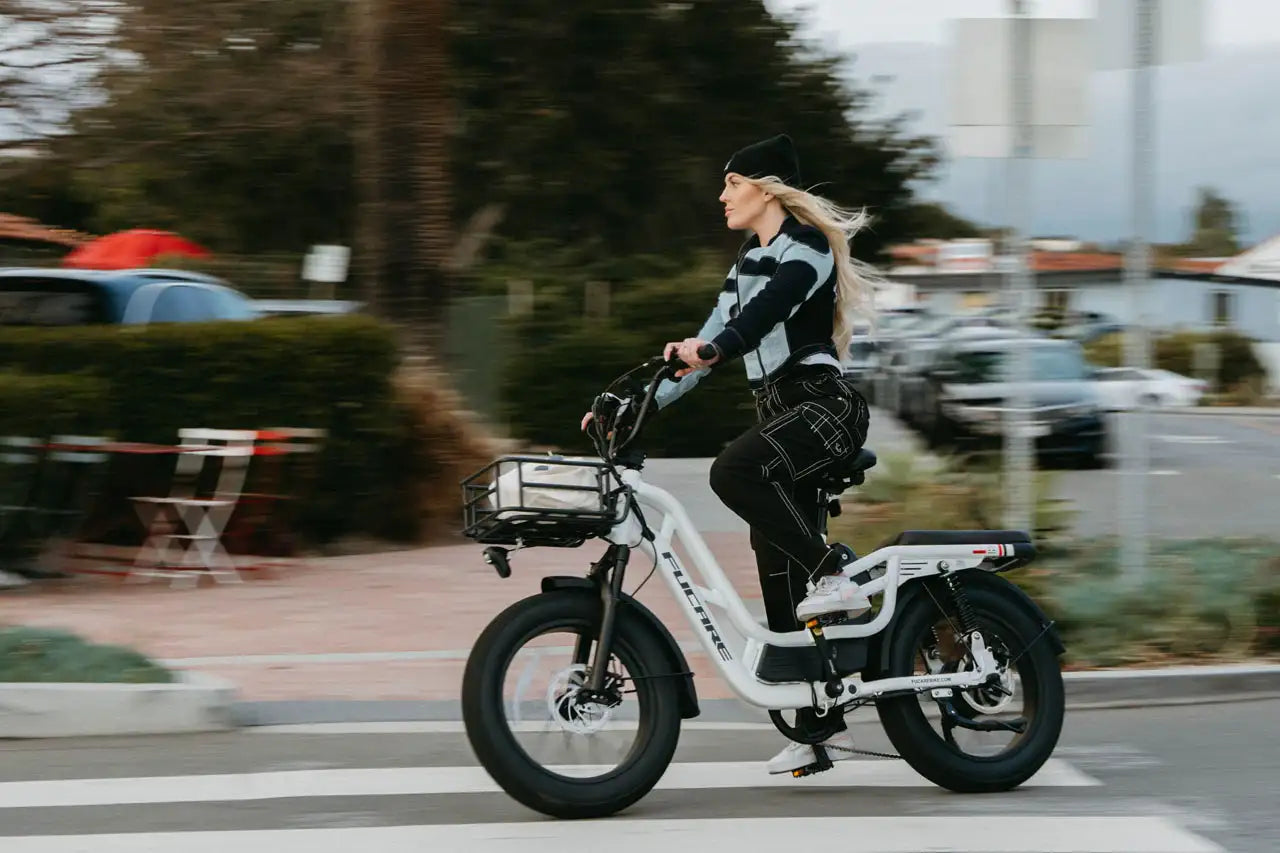
Electric bikes have become increasingly popular as a sustainable and efficient mode of transportation. One common question that arises among potential e-bike users is: Do Electric Bikes Charge When You Pedal?
The answer, for the most part, is no. Traditional e-bikes rely on dedicated batteries that need to be plugged into a standard outlet for charging.However, some models can utilize regenerative braking technology to capture a small amount of energy during braking and convert it back into battery power, although this is often very inefficient.
Let's delve deeper into both concepts to understand the current state of e-bike charging.
E-Bikes That Self-Charge During Rides

The potential for charging the battery through pedaling is primarily linked to regenerative braking during downhill riding or braking rather than during regular pedaling.
At present, there is no existing technology capable of recapturing the energy generated by acceleration or the pedal-assist function.
Regenerative Braking
Regenerative charging is a technique that enables the bike to send power back to the battery when braking.
When the brakes are applied, a brake sensor activates the motor's 'reverse mode,' utilizing the bike's forward motion to recharge the battery. This method is commonly used in electric cars.
Regenerative braking sounds great for extending your e-bike's range, but there are some limitations.
Think about it like this: a car is a heavyweight champion compared to an e-bike. When a car accelerates, it's building up a ton (literally!) of kinetic energy. This energy is what regenerative braking captures when the car slows down.
On the other hand, your e-bike is a lightweight athlete. The amount of kinetic energy it builds up while zipping along is much smaller. This means less energy to capture and convert back into battery power.

Let's compare the kinetic energy using the Model S and Fucare eBike as examples:
A 125kg Fucare eBike (including rider) traveling at 45 km/h has around 7,813 J of kinetic energy.
A 2,100kg Model S traveling at 70 km/h has approximately 427,083 J of kinetic energy.
That's nearly 55 times the kinetic energy.
Another issue is aerodynamics. Most electric cars have extremely low drag coefficients, whereas eBikes have to overcome much higher drag coefficients.
For example, the Model S has a drag coefficient of 0.24 Cd, while a typical commuter bicycle can have a Cd that exceeds 1.0.
The impact is that the vast majority of the energy used to propel a bicycle down the road is lost to aerodynamic drag, and regenerative braking cannot recover that energy.
Why An E-bike Cannot Be Recharged When Pedaling?
Electric bikes are designed to convert your pedaling into forward motion, just like traditional bicycles. The motor adds a level of assistance based on your pedaling input and the chosen assistance setting. The purpose of an e-bike is to use the energy stored in the battery to help you ride, not for you to generate electricity to charge the battery.
Converting pedaling motion into electricity to recharge the battery is highly inefficient. This process loses a significant amount of energy, meaning you would need to pedal much harder and for much longer to produce even a small amount of charge. It's far more efficient to use your pedaling directly for moving the bike forward. If you had the power and stamina to generate enough electricity to charge an e-bike while riding, you probably wouldn't need an e-bike in the first place.
Additionally, harnessing your pedaling power to charge the battery would detract from propelling the bike forward. This would completely change the riding experience, as your pedaling would no longer be directly linked to forward movement, making the ride feel disconnected and less natural.
Practical Tips for Maximizing E-Bike Battery Life
While the concept of charging an e-bike through pedaling remains limited, there are several practical tips to help maximize your e-bike’s battery life and overall efficiency:
Efficient Riding: Use pedal-assist modes wisely to conserve battery power. Use lower assist levels on flat stretches or downhills, relying more on your own leg power. This extends battery life while giving you a great workout.
Regular Maintenance: Regular maintenance is key to a happy e-bike. A well-lubricated chain, properly inflated tires, and a clean drivetrain all contribute to smooth operation, reducing the strain on the battery. Don't forget to follow the manufacturer's recommendations for battery and motor care.
Proper Charging: Consult your manual for specific charging instructions and avoid leaving it plugged in for extended periods after reaching full charge. When storing your e-bike for longer durations, aim for a partial charge between 20% and 80% for optimal battery health.
Weight Management: Every extra pound counts! Lighten your load by carrying only essentials. Consider investing in pannier bags if you need to carry more frequently. Less weight means less energy required from the battery, translating to a longer ride.
Tire Pressure: Proper tire pressure is a game-changer. Underinflated tires create drag, forcing the motor to work harder and drain the battery faster. Check your tire pressure regularly and adjust it to the manufacturer's recommended level for your weight and riding style.
Final Thoughts
While the idea of self-charging e-bikes through pedaling sounds appealing, current technology limits its practicality. Regenerative braking can recover some energy during downhill rides, but the amount is minimal. E-bikes are designed for the motor to assist you, not the other way around. There are, however, ways to maximize your e-bike's battery life through efficient riding habits, regular maintenance, proper charging techniques, and minimizing weight and drag.
Continue reading
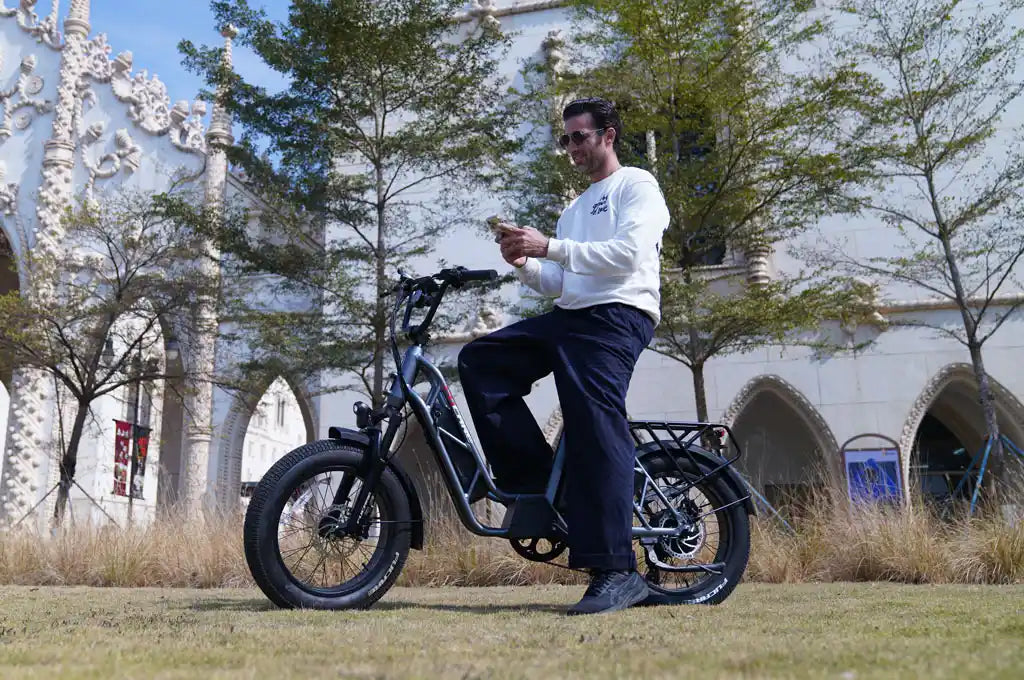
Father's Day Special Gift Guide: Why Dad Deserves the Fucare Gemini Ebike This Year
